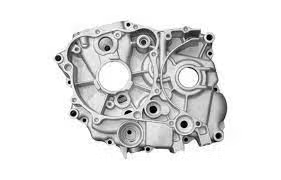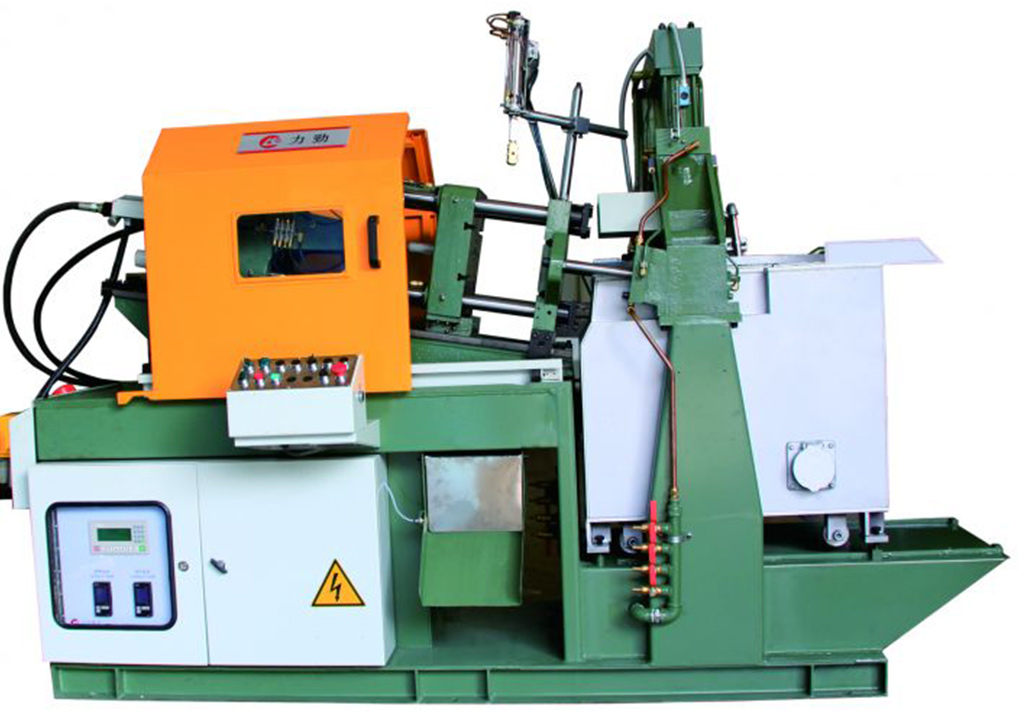Die Casting Capabilities
Gallery of our Die Casting Parts
Why Choose Us For Die Casting Service
1-to-1 Quote Analysis
Just upload your 2D or 3D design and you will get quote feedback in 24 hours. Our specialized engineers will analyze your design to avoid misunderstanding in your 2D or 3D design, communicate with you and offer an affordable price.
Fast Lead Time
The introduce of advanced CNC milling and professional quoters ensure the fast lead time. We set the priority for the arrangement of the order according to the requirements and order complexity.
High Quality Production Parts
The responsible and rigorous attitude towards materials, machining technique, surface finishing and CMM testing guarantee the consistent quality from prototyping to production parts. We won’t bother to check the parts quality before delivery.
Instant Communication
For the sake of your benefits, every customer will have technical support to get in touch with us from quotation to delivery. You will get instant feedback for any question until it’s confirmed that you receive the satisfied parts.
Bring Your Design to Market
Die Casting Technical Standards
Dimension
Standards
Die Casting Materials

Aluminum
High machinability and ductility, good strength-to-weight ratio. Aluminum alloys have good strength-to-weight ratio, high thermal and electrical conductivity, low density and natural corrosion resistance.

Zinc
Zinc is a slightly brittle metal at room temperature and has a shiny-greyish appearance when oxidation is removed.

Brass
Brass is mechanically stronger and lower-friction metal properties make CNC machining brass ideal for mechanical applications that also require corrosion resistance such as those encountered in the marine industry.

Magnesium
Due to the low mechanical strength of pure magnesium, magnesium alloys are mainly used. Magnesium alloy has low density but high strength and good rigidity. Good toughness and strong shock absorption. Low heat capacity, fast solidification speed, and good die-casting performance.
Die Casting Finishes

As machined, parts have minor visible tool marks and a surface roughness (Ra) of 1.6-3.2 µm.

Bead blasting is a cold treatment process used to remove old paint films with a thickness of not less than 2mm. It is widely used to improve the mechanical strength of parts, as well as wear resistance, fatigue resistance and corrosion resistance.

Sand blasting is to make the surface of parts for uniform matte treatment, according to the requirements of different sizes of sand can be sprayed, such as aluminum can spray #80-220 fine sand.

Painting can make the monotonous product look more beautiful after being sprayed with various colors, and at the same time, it can prolong the life and service life of the product because of an extra layer of protection.

Anodizing is an electrochemical process that converts the metal surface into a decorative, durable, corrosion-resistant, anodic oxide finish.

Plating is a process that is often used in CNC machining to add a protective or decorative layer to the surface of a component.

Chroming process in CNC Surface Finishing is a metal finishing process that uses a chemical bath to deposit a thin layer of chromium onto the surface of a metal object.

A layer of nickel is plated on the surface of the material to improve the corrosion resistance of the material and have excellent polishing performance.

Laser engraving uses laser to engraving the logo or character logo you need onto your component.

The result of brushing is a unidirectional satin finish that is achieved by polishing the metal with grit.

Smooth polishing is to removes the machining marks from the surface of the workpiece, but there is no mirror effect.

Mirror polishing is a surface finishing process that can create a highly reflective, mirror-like finish on metal parts.

By silk screen printing, the ink is adhered to the products surface allowing it to be printed in a variety of colors at the same time, resulting rich and gorgeous effect.

E-coating is a CNC Surface Finishing process that uses electrochemical methods to deposit a protective coating onto metal parts.

Powder coating is a process used to coat metal parts with a protective and decorative layer of paint. It is often used for applications such as automotive, marine, and industrial part.

The passivation process can help to extend the life of the CNC surface, which can increase the longevity of the machine.

A technology that uses a metal workpiece as an anode and performs electrolysis in a suitable electrolyte to selectively remove its rough surface and improve the surface finish.

Alodine is a chemical surface finishing process used to produce a protective coating on aluminum and its alloys. It is also known as chemical film, or chromate conversion.

A more environmentally friendly and efficient alternative to preparing chromate conversion using safer raw materials. The chromate conversion process can be used for oxidation, corrosion protection and modification of metal surfaces to improve the durability and performance of parts

Black oxide provides corrosion protection, improved electrical conductivity, and improved wear resistance, making it a popular choice for CNC surface finishing.
Applications of Die Casting Services





Die Casting FAQs
Step 1: Clamping. Prior to this, the mold needs to be cleaned to remove any contaminants and lubricated for better injection and removal of cured product. After this, the mold is clamped and closed with high pressure.
Step 2: Injection. The metal to be injected is melted and poured into the firing chamber. The metal is then injected into the mold under high pressure generated by the hydraulic system.
Step 3: Cooling. The solidified material will have a shape similar to the mold design.
Step 4: Ejection. After loosening the mold, the ejector mechanism pushes the solid casting out of the mold. Proper solidification is ensured before ejecting the final product.
Step 5: Decorating. It involves removing excess metal from the finished gate and runners. Trimming can be done using a trimming die, saw, or other procedures.













